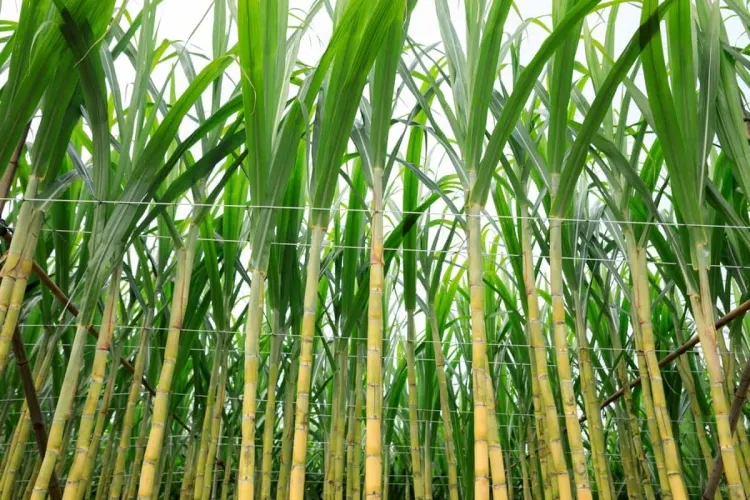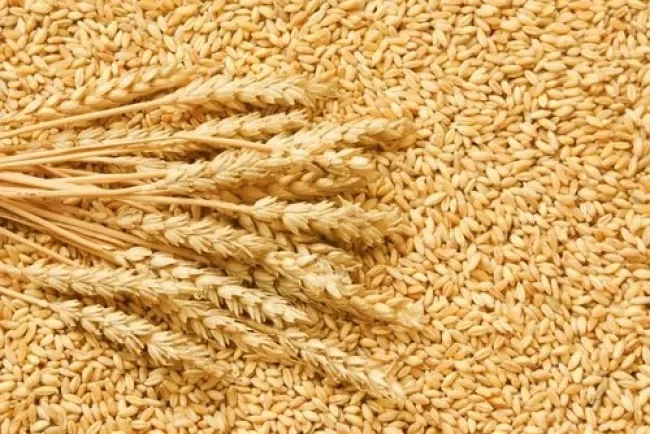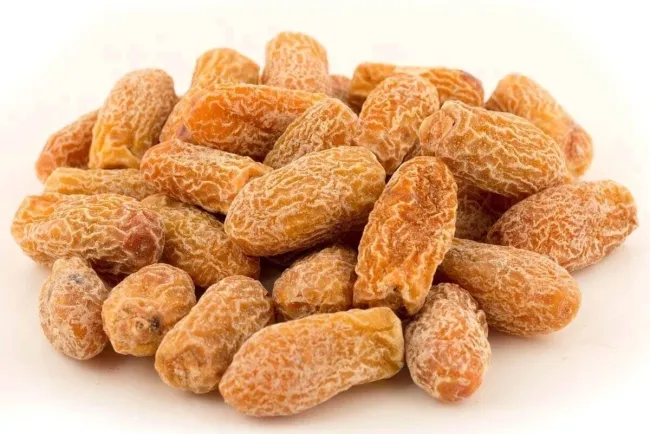Sugarcane: Multifaceted Uses and Cultivation Practices...!!!
Sugarcane is a vital crop with diverse uses and significant economic importance. Its cultivation requires careful management of climate, soil, irrigation, and pest control to achieve high yields and quality produce.

Introduction
Sugarcane is a highly versatile crop that holds significant value in the agricultural and industrial sectors of many countries. Originating from Papua New Guinea, sugarcane is a tropical grass belonging to the Graminaceae family. Its stalks contain high concentrations of sucrose, making it a primary source for sugar production. Beyond producing sugar, sugarcane has various other uses and cultivation practices that contribute to its importance.
Uses of Sugarcane
-
Sugar Production: The main use of sugarcane is to produce sugar. The juice extracted from the cane is processed to crystallize the sugar, which is then refined and packaged for consumption.
-
Jaggery and Khandsari: In many regions, sugarcane juice is used to produce jaggery (gur) and khandsari, traditional unrefined sugars that are popular in local cuisines.
-
Ethanol Production: Sugarcane is a key raw material for ethanol production. Ethanol is used as a biofuel, reducing dependence on fossil fuels and contributing to sustainable energy solutions.
-
Molasses: A byproduct of sugar production, molasses is used in the food industry as a sweetener and in the fermentation industry to produce alcoholic beverages like rum.
-
Bagasse: The fibrous residue left after extracting juice from sugarcane is called bagasse. It is used as a biofuel for energy production in sugar mills and as a raw material for paper and cardboard manufacturing.
-
Press Mud: Another byproduct, press mud, is used as a fertilizer and soil conditioner, enhancing soil fertility and crop yield.
-
Animal Feed: Sugarcane tops and leaves are used as fodder for livestock, providing essential nutrients and supporting the agricultural economy.
-
Pharmaceutical and Chemical Industries: Sugarcane extracts are used in the pharmaceutical and chemical industries for producing various compounds and products.

Cultivation of Sugarcane
-
Climate Requirements: Sugarcane thrives in tropical and subtropical climates with temperatures ranging from 21°C to 27°C and annual rainfall between 75 cm and 150 cm. It requires a hot, humid climate for optimal growth.
-
Soil Requirements: Sugarcane can grow in a variety of soils, but it prefers well-drained, fertile soils with good moisture retention. It is often cultivated on flat plains or level plateaus to facilitate irrigation and transportation.
-
Planting Methods: Sugarcane is typically propagated using stem cuttings, known as setts, which are planted in furrows or trenches. The spacing between plants varies depending on the variety and soil conditions, but it is generally around 1.5 meters.
-
Irrigation: Adequate irrigation is crucial for sugarcane cultivation. The crop requires regular watering, especially during the dry season, to ensure optimal growth and sugar content.
-
Fertilization: Sugarcane requires a balanced supply of nutrients, including nitrogen, phosphorus, and potassium. Fertilizers are applied at different stages of growth to promote healthy development and high yields.
-
Pest and Disease Management: Sugarcane is susceptible to various pests and diseases, such as stem borers, leafhoppers, and fungal infections. Integrated pest management practices, including the use of resistant varieties, biological control agents, and chemical treatments, are employed to protect the crop.
-
Harvesting: Sugarcane is typically harvested after 10 to 18 months of growth, depending on the variety and climatic conditions. The timing of harvest is crucial to ensure high sugar content and prevent yield losses.
-
Post-Harvest Processing: After harvesting, the cane is transported to sugar mills for processing. The cane is crushed to extract juice, which is then clarified, evaporated, and crystallized to produce sugar.
Sugarcane is a vital crop with diverse uses and significant economic importance. Its cultivation requires careful management of climate, soil, irrigation, and pest control to achieve high yields and quality produce. Beyond sugar production, sugarcane contributes to the production of ethanol, molasses, bagasse, and other valuable byproducts. As the demand for sustainable energy and agricultural products grows, sugarcane will continue to play a crucial role in the global economy.
What's Your Reaction?

















